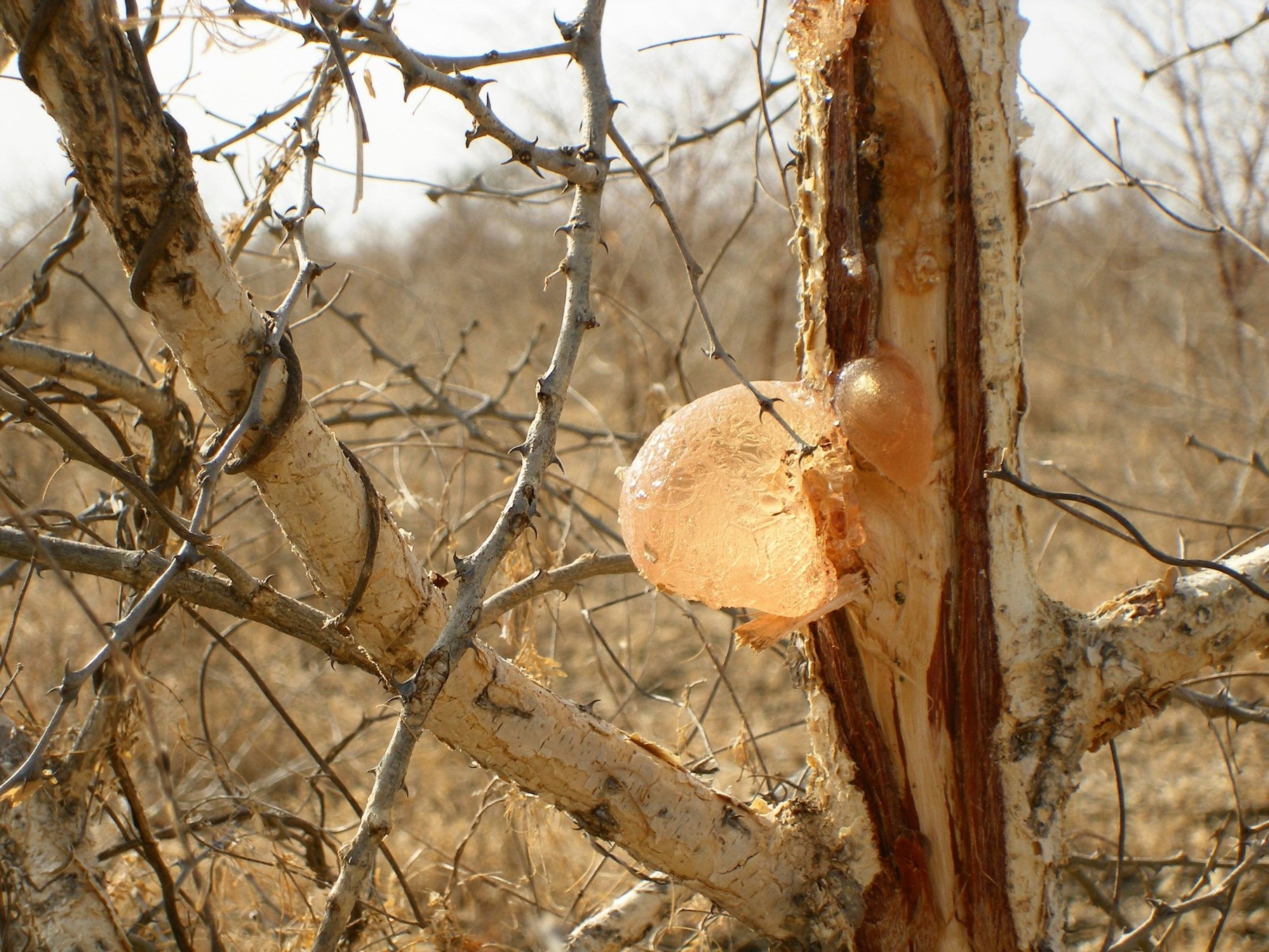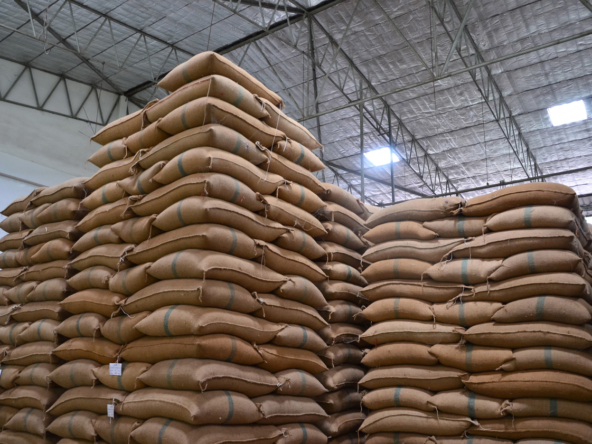Arabic gum, a natural gum derived from the sap of acacia trees, is a cornerstone of various industries. From food and pharmaceuticals to cosmetics and printing, its versatility and natural origin make it highly sought after. However, the market for Arabic gum is subject to notable price fluctuations driven by a combination of supply, demand, geopolitical factors, and environmental conditions.
The Role of Arabic Gum in Global Markets
Arabic gum’s primary value lies in its functional properties. It serves as an emulsifier, stabilizer, and thickening agent in food products like soft drinks, candies, and baked goods. Its non-toxic, water-soluble nature also makes it indispensable in the pharmaceutical industry for tablets, syrups, and microencapsulation.
In addition to these sectors, Arabic gum has applications in printing (as a binding agent for pigments), cosmetics (for lotions and creams), and textiles. Its diverse uses ensure a steady demand across global markets, but the supply side tells a different story.
Factors Influencing Price Fluctuations
- Supply Constraints
Arabic gum is primarily produced in the Sahel region of Africa, including Sudan, Chad, Nigeria, and Senegal. Environmental factors such as droughts, desertification, and unpredictable weather patterns directly impact acacia tree yields. A poor harvest season can reduce supply, causing prices to spike. - Geopolitical Instability
The Sahel region faces periodic political unrest and security challenges. Disruptions in transportation, trade routes, or export operations can lead to supply shortages in international markets, driving up prices. - Market Demand
The demand for Arabic gum is relatively inelastic due to its unique properties and limited substitutes. However, fluctuations in demand from major industries, particularly food and beverage, can create ripples in pricing. For example, a surge in demand for low-sugar or low-fat foods (which often use Arabic gum as a stabilizer) could lead to increased competition among buyers, pushing prices higher. - Currency Exchange Rates
Since Arabic gum is primarily traded in U.S. dollars, fluctuations in exchange rates between the dollar and local currencies in producing countries affect pricing. Depreciation of local currencies may incentivize exports, potentially increasing supply, while a stronger dollar might make the commodity more expensive for international buyers. - Regulatory and Certification Challenges
Arabic gum must meet stringent quality and safety standards for export, particularly in the European and North American markets. Producers incur additional costs to comply with these requirements, which can indirectly influence market prices.

Trends in Global Demand
Despite price volatility, the global demand for Arabic gum continues to grow. Key drivers include:
- Health-Conscious Consumers: The shift toward natural and plant-based ingredients has bolstered demand for Arabic gum in food and beverage products.
- Emerging Markets: Growing middle-class populations in Asia and Africa are driving demand for processed foods and pharmaceuticals, further boosting Arabic gum consumption.
- Sustainability Trends: As industries move toward eco-friendly practices, Arabic gum’s natural origin and biodegradability make it an attractive alternative to synthetic stabilizers and emulsifiers.
Stabilizing the Market: Possible Solutions
To mitigate price volatility, stakeholders in the Arabic gum supply chain can adopt several measures:
- Diversifying Cultivation: Encouraging cultivation of acacia trees in additional regions to reduce reliance on the Sahel.
- Strengthening Supply Chains: Investments in infrastructure and logistics to minimize disruptions caused by geopolitical or environmental factors.
- Transparent Pricing Mechanisms: Establishing clear and predictable pricing frameworks to protect both producers and buyers from extreme market swings.
- Sustainable Practices: Supporting reforestation and sustainable harvesting to ensure long-term availability of Arabic gum.
Conclusion
The economics of Arabic gum reflects the delicate balance between supply, demand, and external factors. While price fluctuations are inevitable, a coordinated effort among producers, exporters, and industry stakeholders can create a more stable and sustainable market. By addressing challenges and leveraging opportunities, the Arabic gum industry can continue to thrive, supporting livelihoods and industries worldwide.
Ajigofarms is a reliable global agricultural purchase sourcing with profound expertise in the manufacturing, and exportation of food crops. We are tested, and trusted suppliers of all kinds of cash crops and food crops. Our constant supply chain solution makes exporting easy, quick, and safe, we are identified with timeliness and meeting up with deadlines. Regardless of the region you are located in worldwide, you can reliably order your Agric products and be rest assured of successful delivery.




